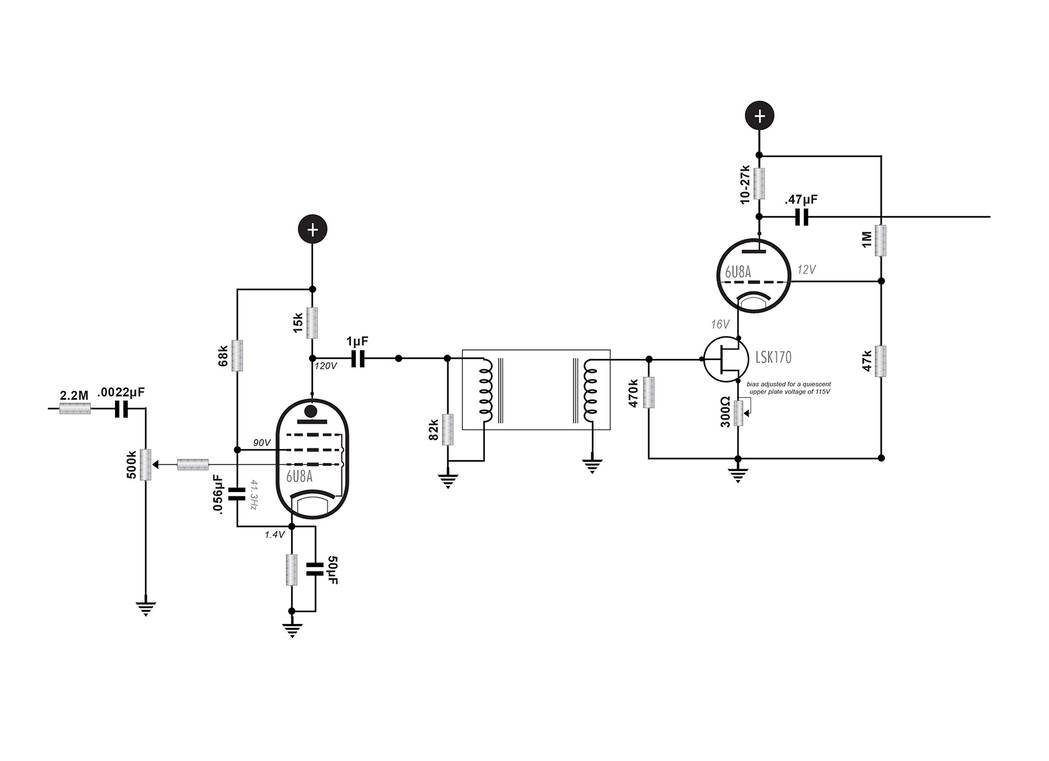Originally posted by dchang0
View Post
Anyway - I suspect you could mount the little J113 on the tube socket, so maybe this counts as 1.1 tubes...
Something to consider ...

Comment